We were on TV!
We were on TV: with Xavi Iglesias and the Sans
Program “Tarda oberta” on TV3
So we started the section on gastronomy to which we were invited by the friends of TV3 last November 30, an exciting occasion to make known our beloved coffee culture. Below, a summary of the content of the program:
Every day 2,000 million cups of coffee are drunk in the world, which ranked as the second most consumed beverage on the planet, after water. Those who drink more coffee are the Nordic, each Finnish consume an average of 10kgs of coffee per year. In Spain, about 4 kilos. In this “Tarda oberta” program, the secrets of this drink were revealed, how to prepare it correctly, the benefits it brings to our health and the new trends in a product that arouses more and more interest. In addition, we learn with skilled baristas in the technique of drawing with milk on coffee, known as “Latte art”. Since a few years ago, local businesses are emerging that are concerned about the quality of the coffee. For example Cafés El Magnífico, a pioneer company in the toasting good coffee, presented by Salvador Sans and his daughter Claudia Sans. I accompanied them, Xavi Iglesias, introducing me as a barista and barista trainer. I stressed that a barista is not just a waiter, he is passionate about the world of coffee, who has been concerned to learn about coffee from its origin to the final cup.
Good coffee drunk in a wine cup
We continue with examples of coffee makers such as the “Sifon”, which is a very attractive and very visual coffee machine, ideal for demonstrations in a restaurant, to leave it on the table while the coffee is being made alone. With this alternative, it takes us to prepare a coffee just about three minutes. Then, we have the classic filter coffee machine, the typical Italian one, but improved with a finer filter, equal to the one that is used in the championships of world´s final. Thus, fewer particles pass through and we obtain a much more balanced coffee. The tendency is to recover what we used to do, filter coffee, manually, with its consequent benefits: obtaining a very aromatic, very subtle coffee. In an espresso machine, in 25 seconds of processing, you are getting other organoleptic characteristics and we can enjoy it in another way. To think of the aroma of coffee, such a universal drink, is one of the smells that humans, of all religions and races, recognize more easily.
The fruit of coffee
Now Salvador tells us a little about the exploitation process, since the red fruit arrives, the coffee cherry, from which the raw seed is obtained. “There are two main botanical species that give the coffee that we can later roast, they are Arabica and Robusta, but within Arabica there are 600 different crops, which can be by natural mutation or by a scientific intervention.” They are very different, in size and in morphology. It is important to remember that a Robusta has twice as much caffeine than an Arabica”. (When you drink a coffee, after an hour the caffeine will have been divided by your blood. From here, it begins to be eliminated, until eight hours in which, in the slowest of cases, there the last residue will be removed).
When the toast is darker
Just as when we cook, if you have more time some food to the fire or with more heat, that implies certain changes at the taste level. The less roasted coffee is a little less acidic will be, don´t forget that it is the seed of a fruit (therefore it has different types of acidity) and when you toast it a little, you preserve it. On the other hand, when we toast it darker -for example for the espresso machine- this acidity is nuanced or you simply make it disappear, and it gives rise to more toasted tastes, to more bitterness. Our first task is to be tasters, we try many coffees a day. Therefore, the first thing is to taste coffee.
Claudia Sans and her trip to Ethiopia
The heiress of the Sans, who continues with the tradition and love for good coffee, tells us about her experience: two weeks of a journey in which she had the opportunity to travel through the south and west of Ethiopia, iconic places like Kaffa, where coffee was born. She was with the producers, learning more about the coffee world, firsthand. “The world of coffee is a very attractive world, it teaches you a lot of things, especially what specialty coffee is, we always have this in common with the people who work it, we want to make known what a good coffee is, and the value of recovering and conserving the trades “.
My fragment about coffee today
“We are all very close, the sommeliers, the chefs, we use many culinary techniques applying to coffee, so we can take advantage of all the aromas that it gives off, it has more than 700 or even Salvador tells us that more than 1000 aromatic components have been found, while in wine we are talking about 400 aromatic components, and then it is worth enjoying in a glass. Ready for the tasting, it would be practically like wine, first look at the color, smell, stir it a little so that it releases the aromas and finally the sensations in the mouth. Coffee is fashionable, because as we talked about the studies, is the product of the world that has more studies open, and we are returning to give value to the whole slow theme, to take care of ourselves, and we are also talking about it as something really healthy, contrary to what was believed a few years ago”.
Conclusion
A very interesting experience with the people of the program, together with a friend and reference as Salvador, and a very good opportunity to continue spreading this culture that we love and are so passionate about, such as specialty coffee.
Here we leave the link for if you want to see the program again.
Thank you!

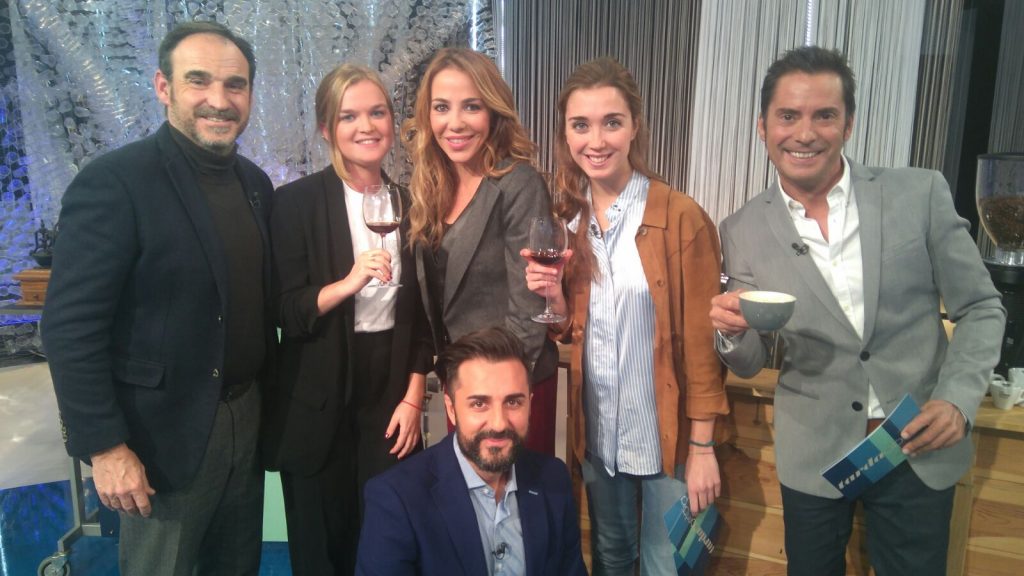
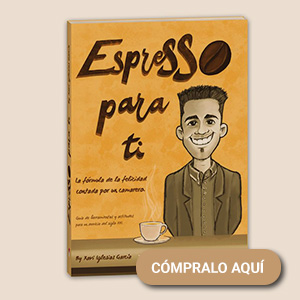
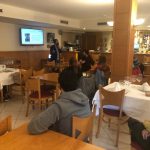

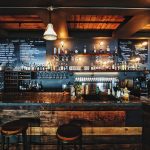
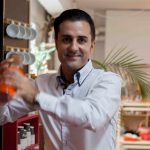
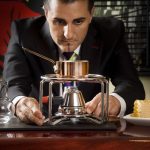
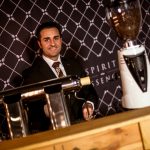
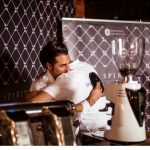
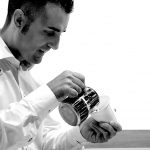
No Comments